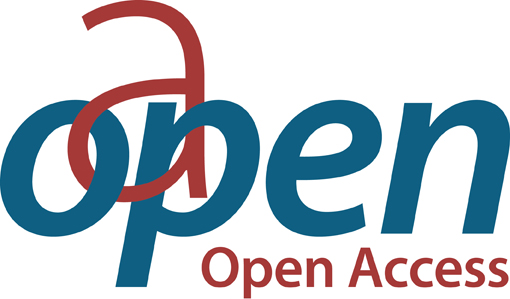EIB Working Paper 2022/05 - How much is too much?
| dc.contributor.author | European Investment Bank | |
| dc.date.accessioned | 2022-08-08T05:32:06Z | |
| dc.date.available | 2022-08-08T05:32:06Z | |
| dc.date.issued | 2022 | |
| dc.identifier | OCN: 1328000385 | |
| dc.identifier.uri | https://library.oapen.org/handle/20.500.12657/57832 | |
| dc.description.abstract | "Public debt levels are a very weak predictor of a country’s credit rating if a country’s other features are not taken into account. However, everything else equal, more public debt is associated with worse ratings. This paper explores the relationship between debt and sovereign creditworthiness through the debt thresholds associated with rating changes. It finds that the impact of an increase in public debt is non-linear and crucially depends on a country’s economic situation. Low levels of gross domestic product per capita are associated with a smaller range of possible ratings than higher levels. In countries with a higher gross domestic product per capita, a change in debt levels is thus more likely to result in a rating change. Overall, the non-linear relationship between debt and creditworthiness is substantial, and accounting for it improves the performance of sovereign credit rating models significantly." | |
| dc.language | English | |
| dc.rights.uri | Copyright held by content provider | |
| dc.subject.classification | thema EDItEUR::K Economics, Finance, Business and Management::KF Finance and accounting::KFF Finance and the finance industry::KFFK Banking | en_US |
| dc.subject.other | Business & Economics | |
| dc.subject.other | Banks & Banking | |
| dc.title | EIB Working Paper 2022/05 - How much is too much? | |
| dc.type | book | |
| oapen.identifier.doi | 10.2867/961968 | |
| oapen.relation.isPublishedBy | European Investment Bank | |
| oapen.relation.isbn | 9789286152368 | |
| oapen.collection | Knowledge Unlatched (KU) | |
| oapen.identifier | https://openresearchlibrary.org/viewer/1662760f-86e0-4c84-bc58-8cb51d793aac | |
| oapen.identifier.isbn | 9789286152368 |

